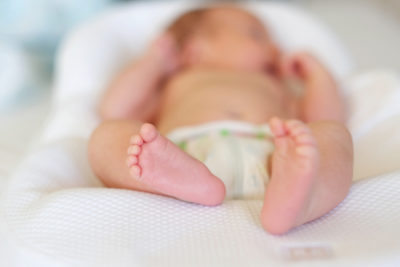 Yesterday, we introduced the Back to Sleep Campaign sponsored by the National Institute of Child Health and Human Development (NICHD) (See Back Down to Sleep – Part 1).
Yesterday, we introduced the Back to Sleep Campaign sponsored by the National Institute of Child Health and Human Development (NICHD) (See Back Down to Sleep – Part 1).
Following the advice from this highly successful public health campaign will help you reduce your baby’s risk of Sudden Infant Death Syndrome by 50 percent.
As the name of the campaign suggests, their first recommendation is that babies should always sleep on their backs. Today, we provide their full list of recommendations, which they call the Safe Sleep Top Ten.
Because this information is so important to transmit correctly, we are using their exact wording throughout.
The safe sleep top ten
- Always place your baby on his or her back to sleep, for naps and at bedtime.
- Place your baby on a firm sleep surface, such as on a safety-approved* crib mattress, covered by a fitted sheet.
- Keep soft objects, toys, and loose bedding out of your baby’s sleep area.
- Do not allow smoking around your baby.
- Keep your baby’s sleep area close to, but separate from, where you and others sleep.
- Think about using a clean, dry pacifier when placing your infant down to sleep
- Do not let your baby overheat during sleep.
- Avoid products that claim to reduce the risk of SIDS because most have not been tested for effectiveness or safety.
- Do not use home monitors to reduce the risk of SIDS.
- Reduce the chance that flat spots will develop on your baby’s head: provide “Tummy Time” when your baby is awake and someone is watching.
We encourage you to obtain, print, and share free copies of the NICHD brochure, Safe Sleep for Your Baby. This brochure covers each of these items in greater depth.
Additional printable information can also be obtained online from the SIDS Center.
The information in this blog post was derived from the two sources given above. Note that this information is not intended as a substitute for your personal medical care. Readers are directed to consult with their personal health care team members when addressing the individual healthcare needs for themselves and their babies.
